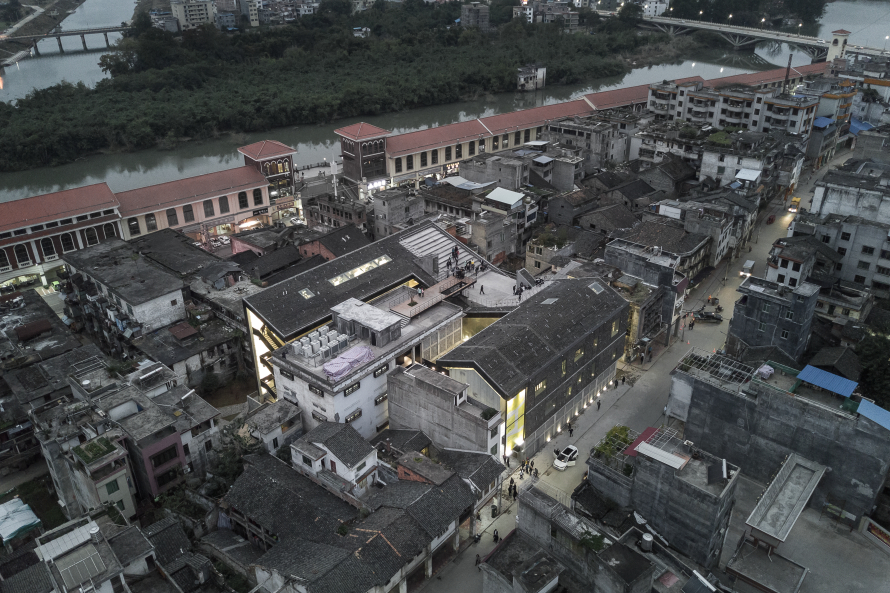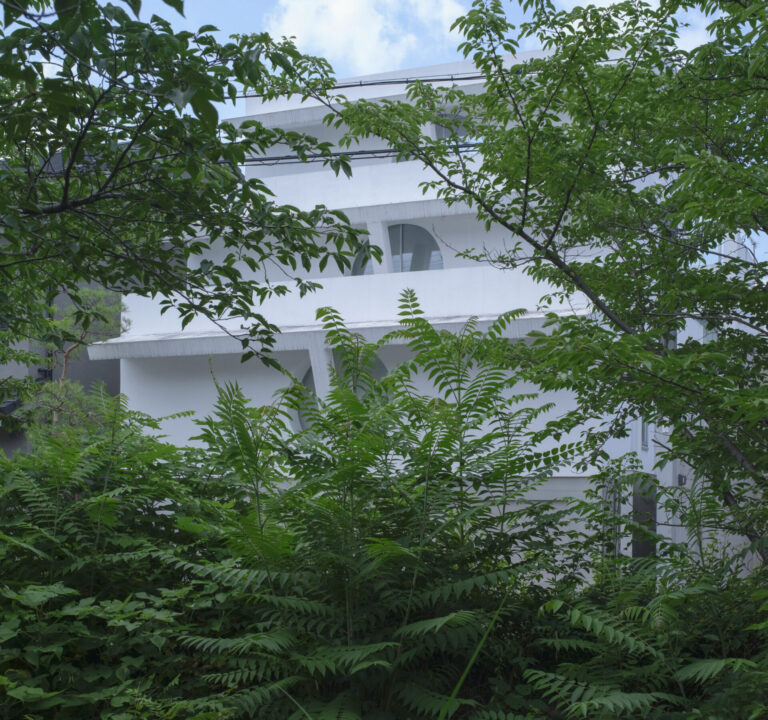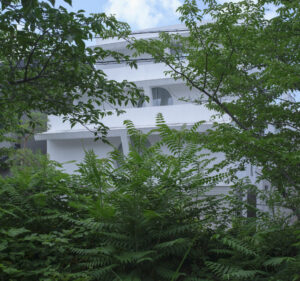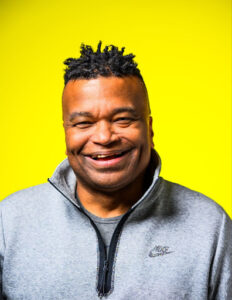
Your Selfie Stick (And You) was an entirely apt theme for a recent photography festival in Lianzhou, China, where visitors themselves became selfie subjects. Wandering from room to room in the local granary, shoe factory, and candy factory that housed the exhibited photographs, foreign journalists and other attendees fielded requests from local volunteers who wanted to take pictures with them. The backgrounds of the resulting images featured work by artists such as Yuki Naito, whose photographs, drawings, and notes formed a lyrical meditation on the mundane moments that comprise a life, and Amalia Ulman, whose performance work spans social media channels.
Now in its 13th year, the Lianzhou Foto festival has additional cause for celebration—a brand new photography museum that opened simultaneously. Inaugurated in late November, the Lianzhou Museum of Photography is the first public photography museum in the country. The non-collecting institution will host rotating temporary exhibitions celebrating both national and international talent.
Located a four hour drive northwest of Guangzhou, in China’s southeastern Guangdong Province, Lianzhou represents a relatively small city with a population of 500,000 (Guangzhou, for comparison, is home to around 13 million people). Built by Guangzhou-based architectural firm O-office Architects, the new museum both honors local history and anticipates a growing interest in the arts for the region, especially considering the government’s plan to install a high-speed train between the two cities next year.
O-office paid homage to the history of the museum’s site on the city’s oldest street, Zhongshan Nan Road, by building around an existing 1960s factory. The firm’s new architecture comprises locally-produced materials including steel plate, light brick, and the dark gravel that forms the ground floor. Soaring walkways connect enclosed galleries on all three floors, while much of the museum remains uncovered and open to the elements. A major highlight of the roughly 43,000 square foot building, an expansive roof with its own garden overlooks the city.
The idea for a museum, in fact, preceded the local photography festival. In 2004, Lianzhou’s mayor approached Duan Yuting, an expert in the medium, with the idea of building a new photography museum. Duan Yuting suggested, instead, to enhance the city’s appetite for the art form with a festival. After years of Lianzhou Foto’s increasing success on a month-long basis, thanks in part to Duan Yuting’s direction, she decided the city was finally ready for a year-round institution. She now co-directs the museum with French curator François Cheval, the previous director of musée Nicéphore Niépce (a French institution devoted to the history of photography).
Working together to program the new space, Cheval will organize more radical, process-based photography shows while Yuting will showcase national talent in a more documentary vein. The four inaugural exhibitions reflect this diversity in background and approach. Zhuang Hui has captured the Chinese landscape and population in his photography, while Zhang Hai’er has shot a series of women—from young girls to the middle aged—in his “Girls” series. Work by Albert Watson, a Scottish fashion and celebrity photographer, is on view as well as more process-intensive shots by Baptiste Rabichon. In the latter, negatives merge with developed material, the resulting composites combining floral shapes and human outlines in pictures that read as captivating puzzles.
Cheval similarly describes the building itself as a convergence of cultures and backgrounds. “Western countries bring the white cube and the Chinese bring the idea of the way,” he says, describing the museum’s combination of pristine gallery spaces and the meandering outdoor paths between them.
Next up, Cheval hopes to diversify the museum’s sources of funding. Right now, the government supports their efforts—and undermines them. The day after the museum opened to the press, black tape appeared on Zhuang Hui’s photographs of nude men and women in bathhouses, censoring their bodies. Officials similarly censored exhibited works in the festival, apparently at random: the inoffensive explanatory text for American photographer Wendell White’s pictures of once-segregated American schools disappeared overnight. “If you want [to] be more independent of the power we must find…private money,” says Cheval. Yuting would not answer questions about who, exactly, made the decisions regarding which images could or could not be shown. “It’s a question of freedom, it’s a question of democracy, but it’s also a question of money,” Cheval explains. The pair wants to push boundaries with their shows, but they also need financial support.
Yuting, for her part, made a revealing comparison to the censorship happening beyond China. “Even [the] Guggenheim also take[s] some artist works out,” she says. Indeed, the New York museum pulled three artworks from their exhibition Art and China after 1989: Theater of the World back in the fall after protesters complained they involved animal cruelty (and made threats to the museum staff).
If the theme of Lianzhou’s Foto Festival looked inward, at the 21st century selfie-d self, the new museum looks outward and into the future, attempting to reach an international demographic and make the city a destination for the aesthetically-inclined. The freedom with which they’ll be able to pursue this goal remains to be seen.










 in your life?
in your life?

